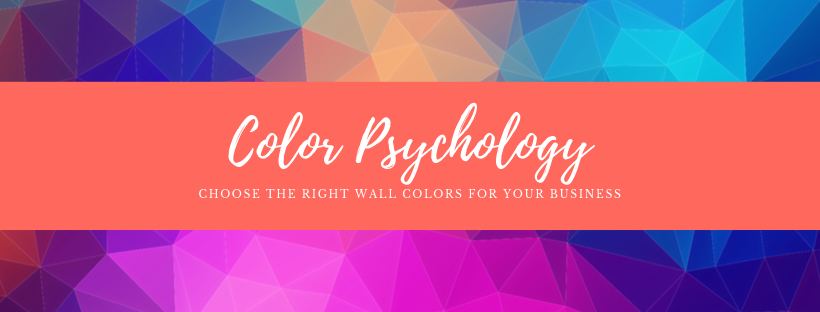
Why White Might Not Be the Best Shade for Your Workspace
Posted on September 30, 2019
 Studies have shown that the color of your workspace can affect employee performance. That is because colors can evoke a number of emotions, altering the way employees perform.
Studies have shown that the color of your workspace can affect employee performance. That is because colors can evoke a number of emotions, altering the way employees perform.
White, for instance, is often used to maintain a clean and crisp image, but it may not be the best shade for your workspace. This is because white has been shown to cause boredom and may even cause employees to lose interest in work.
Below are some common paint colors you should use to encourage productivity in your workspace.
Red to Enhance Performance on Detail Oriented Tasks
Red is a vibrant and bright color that has long been known to increase blood pressure and stimulate the pulse. A study conducted by the University of British Columbia (UBC) have also revealed findings that suggest that red can also enhance the performance of employees on detail-oriented tasks.
Blue to Boosts Creativity
Blue is a very relaxing color. It has been known to boost efficiency and communication by inspiring trust. It also helps to influence creative thoughts by bringing new ideas to the forefront of the mind. In the workspace, blue may be a great color for meeting rooms and other areas used for brainstorming new ideas.
Avoid Painting Meeting Rooms in Yellow
Yellow is a color for the enthusiast. However, while it can be stimulating it’s been known to cause anxiety. Studies have revealed that people who are kept in yellow rooms for extended periods are more likely to lose their temper, making it a bad choice for meeting rooms.
 Green Boost Creativity and Inspire Innovation
Green Boost Creativity and Inspire Innovation
Much like blue, green is a soothing color that represents nature and regrowth. Research published by the Personality and Social Psychology Bulletin have also revealed that green can boost creativity and inspire innovation. Green may be a good choice for areas of your business where innovation is key.
Use Less Gray to Keep Employee Morale Up
While gray is a neutral color, like white it lacks energy and can cause boredom. According to Colour Affects, a psychology consultant located in London, gray is often used to prepare people for confinement. Excess exposure is believed to lower self-confidence and cause depression. In the workspace, gray should be used alongside brighter and more vibrant colors such as yellow, green and red.
So, while each person may respond to color differently, you may want to switch out the white paint in your workspace for one of the aforementioned colors.





